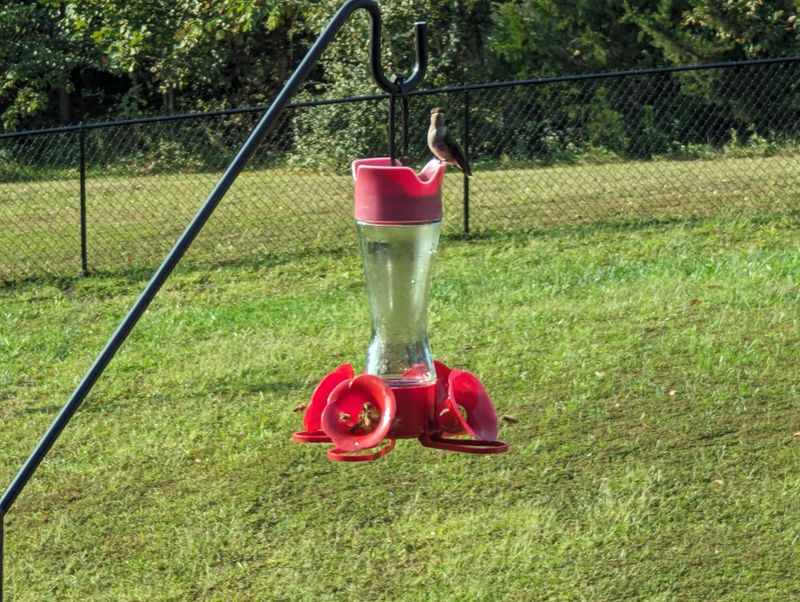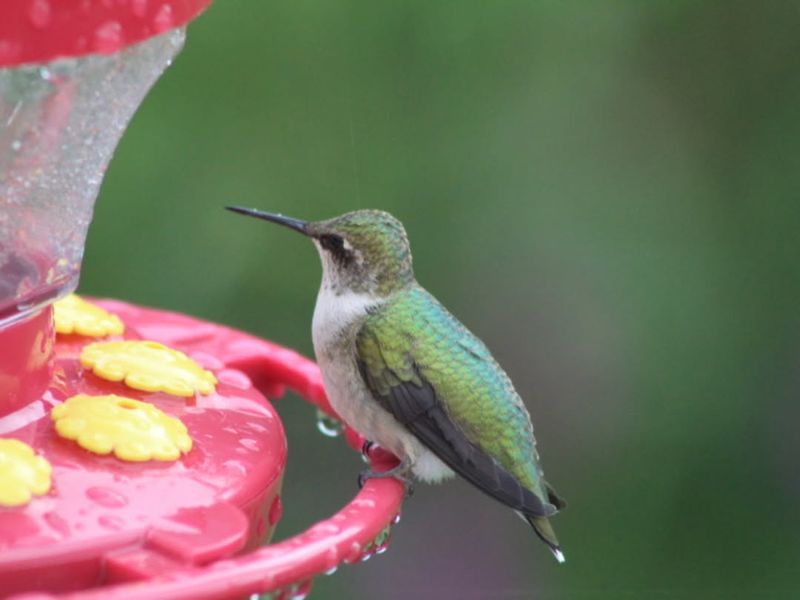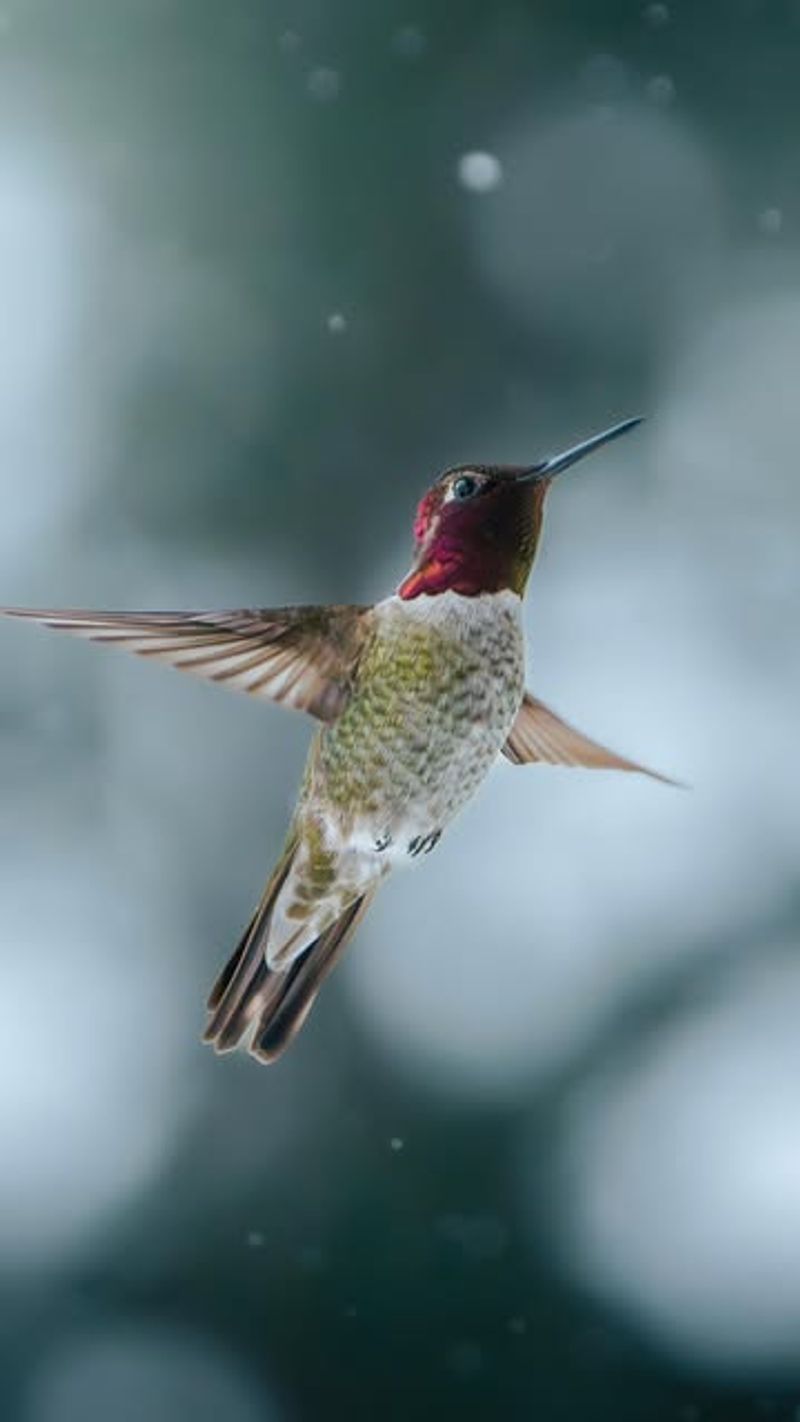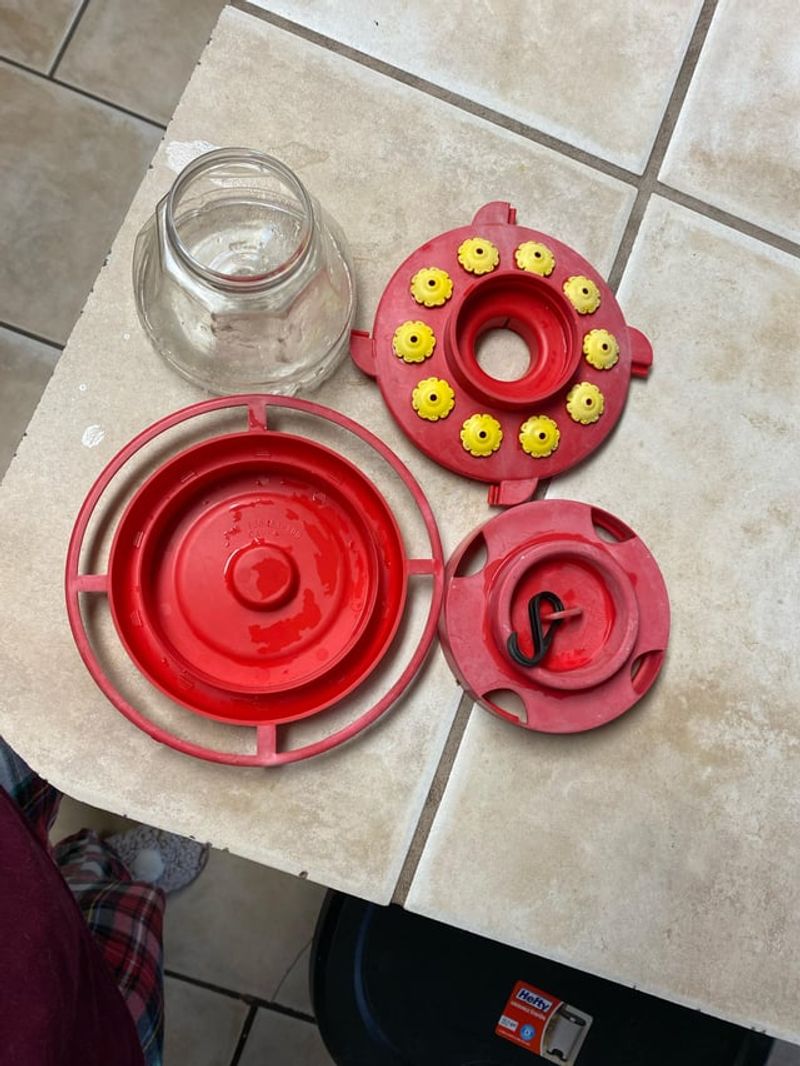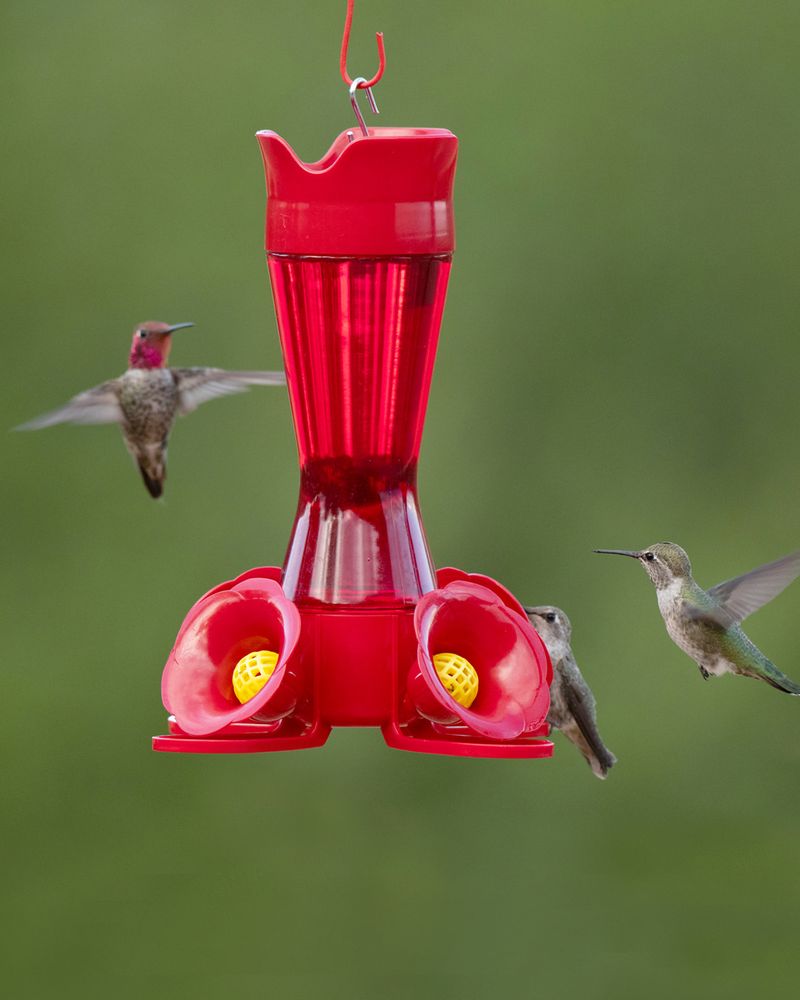Hummingbirds may be small, but they sure know how to make a grand seasonal exit. As fall sets in and migration kicks into high gear, Oregon backyard bird lovers face a classic dilemma—when to call it quits on the feeders. Timing is everything.
Pull them too soon, and you might leave late stragglers in the dust. Wait too long, and you risk drawing in the wrong crowd. Know when to fold ’em and when to fill ’em—your local hummers are counting on it.
1. Watch For Migration Patterns In Your Area
Most rufous hummingbirds start their southern journey in late July, but Anna’s hummingbirds stick around Oregon year-round. Pay attention to how many visitors you’re seeing at your feeder each day.
When numbers drop significantly and stay low for two weeks straight, migration is likely happening. Keep a simple calendar or journal to track these changes.
Remember that stragglers often pass through in September and October, so don’t rush to take everything down just because you see fewer birds.
2. Leave Feeders Up Through October
October serves as a safety net for late migrants traveling through Oregon on their way south. Some hummingbirds take their time, stopping frequently to refuel during their long journey.
Your feeder might seem empty for days, then suddenly host a tired traveler who desperately needs energy. Keeping it filled through the entire month ensures no bird goes hungry.
Even if you haven’t spotted any hummingbirds in weeks, maintaining your feeder helps protect these vulnerable migrants who depend on reliable food sources.
3. Consider Anna’s Hummingbirds As Year-Round Residents
Unlike their rufous cousins, Anna’s hummingbirds don’t migrate and live in Oregon throughout winter. Western Oregon, especially near the coast and in urban areas, hosts healthy populations of these hardy birds.
If you live in these regions, keeping at least one feeder up all winter provides crucial nutrition when flowers are scarce. They’ve adapted to cold weather but still need consistent food sources.
Watching these brave little birds visit your feeder during snowfall creates magical winter moments you won’t want to miss.
4. Prevent Freezing During Cold Nights
Sugar water turns into useless ice when temperatures drop below freezing, leaving hungry hummingbirds without their needed fuel. Bring your feeder inside each evening when frost is forecasted, then hang it back out at first light.
Rotating two feeders works brilliantly—one stays outside while the other thaws indoors. Some people also use feeder warmers or position feeders near warm outdoor lights.
Anna’s hummingbirds feed heavily at dawn and dusk, so timing your feeder placement around these hours matters most for their survival.
5. Clean Feeders Before Storing Them Away
Mold, bacteria, and sticky residue build up inside feeders over months of use, creating health hazards for next season’s visitors. Before packing your feeder away for winter, scrub it thoroughly with hot water and a bottle brush.
Avoid using soap if possible, but if needed, rinse extremely well to remove all traces. Let every piece dry completely to prevent mildew during storage.
Store your clean feeder in a dry, protected spot where it won’t crack or collect dust until spring arrives again in Oregon.
6. Monitor Local Weather And Temperature Shifts
Oregon’s weather varies dramatically between coastal areas, valleys, and mountain regions, affecting when hummingbirds leave or stay. Coastal zones stay warmer and support birds longer than high-elevation areas.
Check your local forecast regularly as fall progresses, watching for consistent nighttime freezing temperatures. When your area experiences several nights below 32 degrees with no daytime thaw, migration has likely finished.
Eastern Oregon typically sees earlier departures than western regions, so location matters when deciding your feeder schedule.
7. Connect With Local Birding Communities
Fellow bird enthusiasts in your neighborhood often share valuable observations about hummingbird activity and timing. Join local Facebook groups, birding clubs, or online forums where Oregonians post sightings and feeder reports.
Learning what others nearby are experiencing helps you make informed decisions about your own feeders. Someone five miles away might still be seeing regular visitors while your yard seems empty.
Building these connections enriches your birding experience and creates a supportive network of people who care about protecting these amazing creatures together.


